Extraordinary growth in developing renewable energy resources is bringing ever-larger quantities of decarbonized power online. This is dramatically changing the balance of generation portfolios. It is a promising and necessary development on the road to reducing carbon emissions and shifting to sustainable power.
It is also prompting an unprecedented reevaluation of the electrical grid, as that infrastructure is experiencing tremendous new strain.
The success of this influx of renewable generation depends on getting that power from those dispersed sites to consumers. The existing electrical transmission and distribution grid needs significant reworking to address the ripple effects of renewable additions on the network.
The old model of generation often involved putting large-scale power plants in the hinterlands and running long transmission lines to load centers. The influx of renewables is changing that dynamic.
“We’re putting solar fields much closer to cities and towns, requiring investment in the transmission system, but we’re also seeing rooftop solar installed on residences and commercial facilities, which means we’re having generation occurring on the distribution system for the first time,” says Matt Kapusta, a regional practice manager at Burns & McDonnell who has worked on numerous solar interconnection projects. “The distribution grid was not designed for that.”
And it’s not just solar; a huge quantity of renewable generation is being added to the system. Hundreds of sources — solar, wind and other renewables — are being added at the transmission level, which is designed for bidirectional power. Meanwhile at the distribution level, millions of smaller sources are putting bidirectional power demands on a grid that was designed to be a one-way path.
Doug Houseman identifies two very different challenges from these renewable energy additions.
“Transmission is mostly handled by independent system operators (ISOs), which determine where the utilities are interconnecting these new sources at the transmission and subtransmission levels,” says Houseman, a principal consultant at 1898 & Co., a part of Burns & McDonnell. “For distribution-level systems, utilities are in a sink-or-swim situation. They have to figure out what to do to make stuff fit, and if it doesn’t, justify why it won’t fit on their grid.”

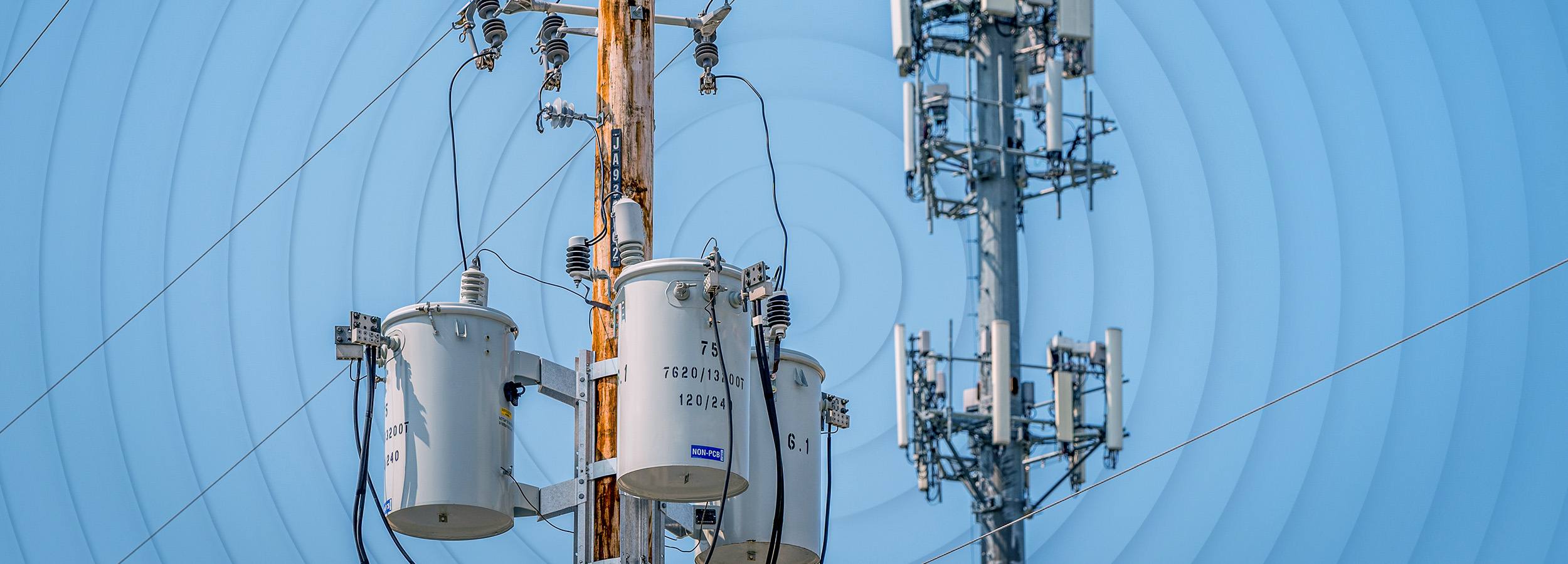
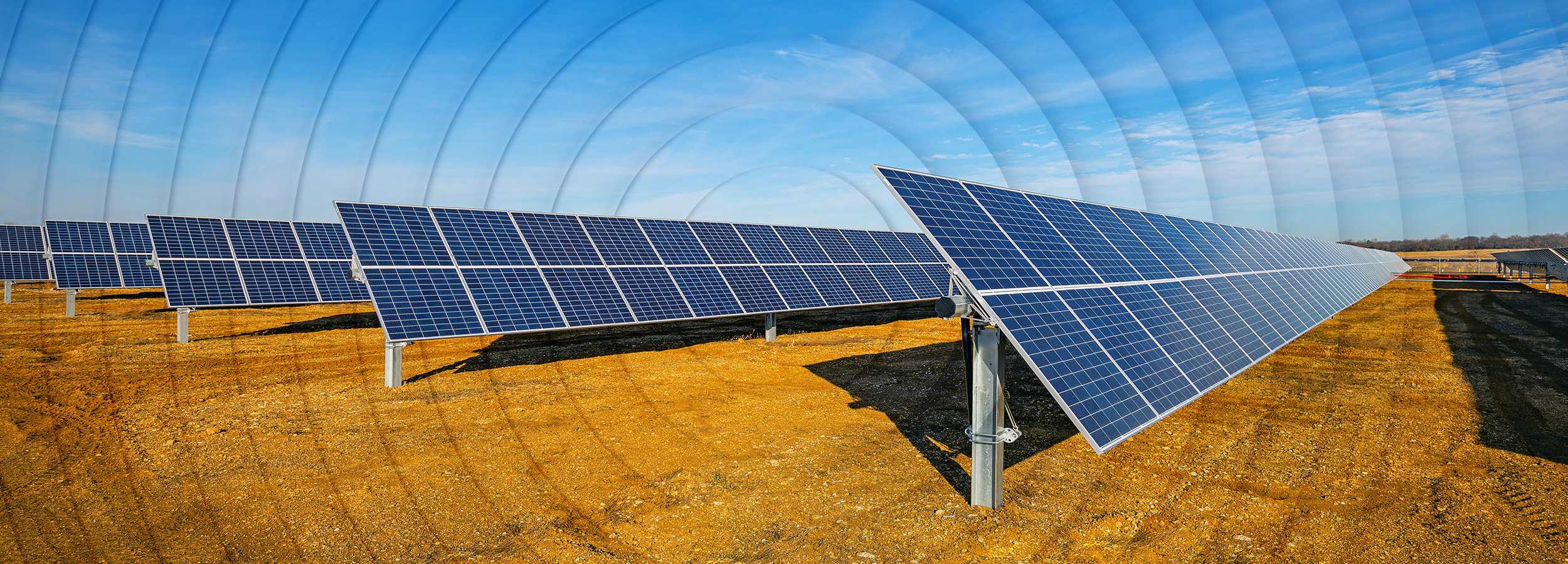
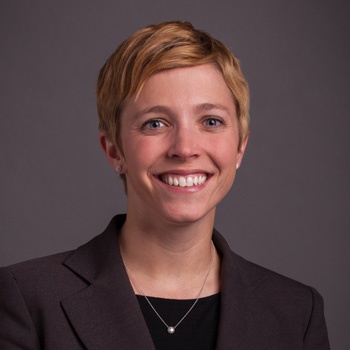

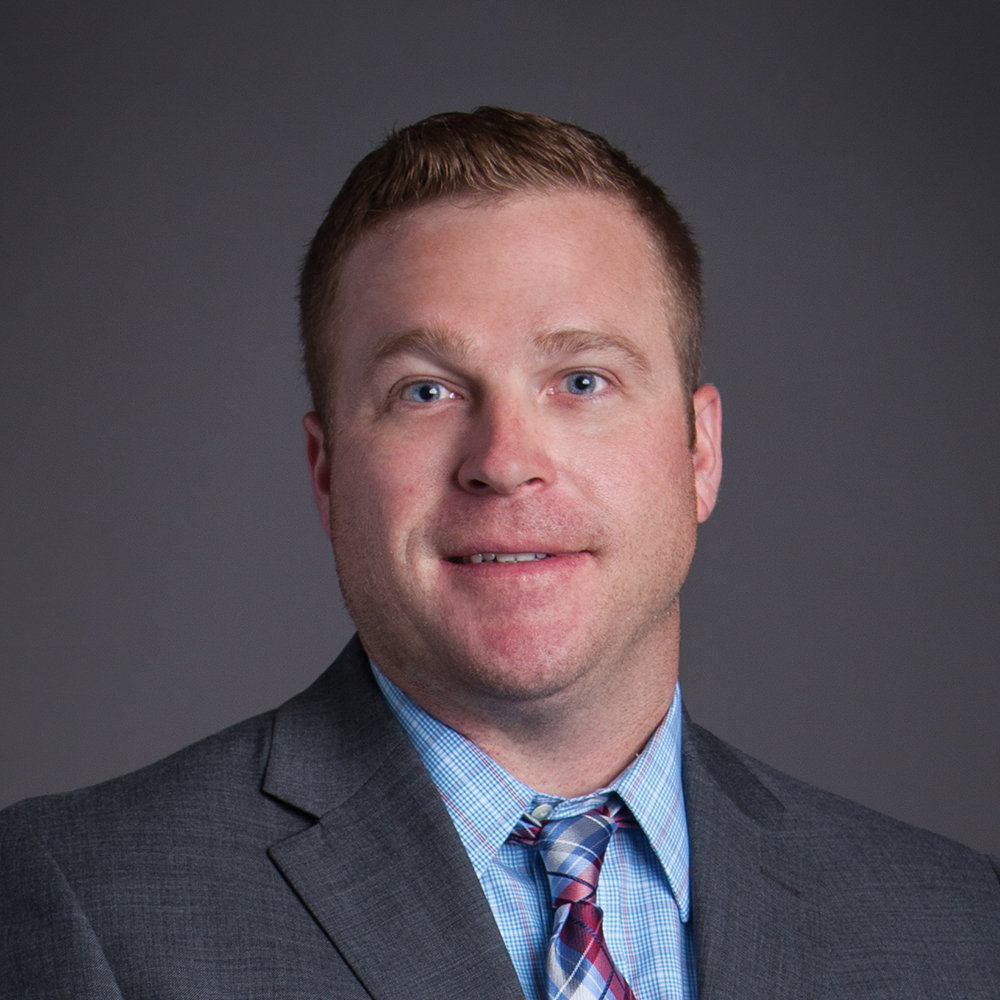

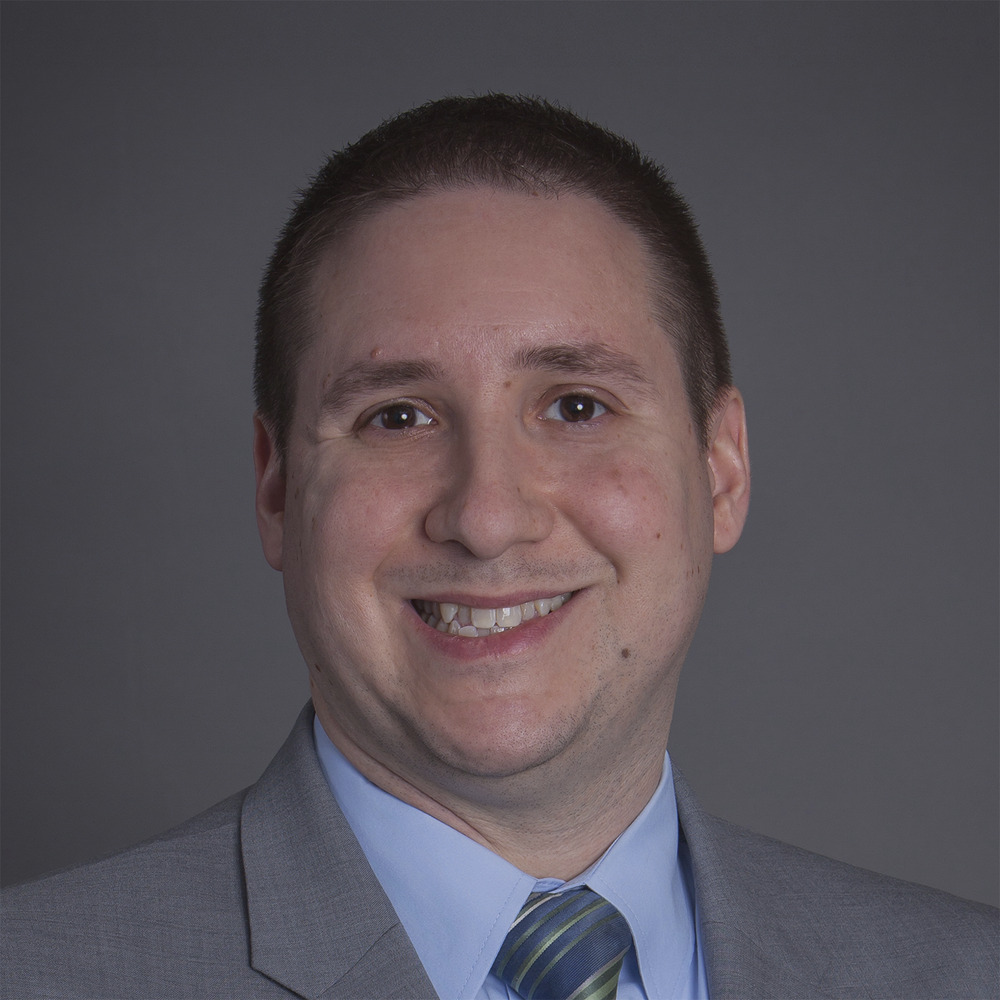


.png)